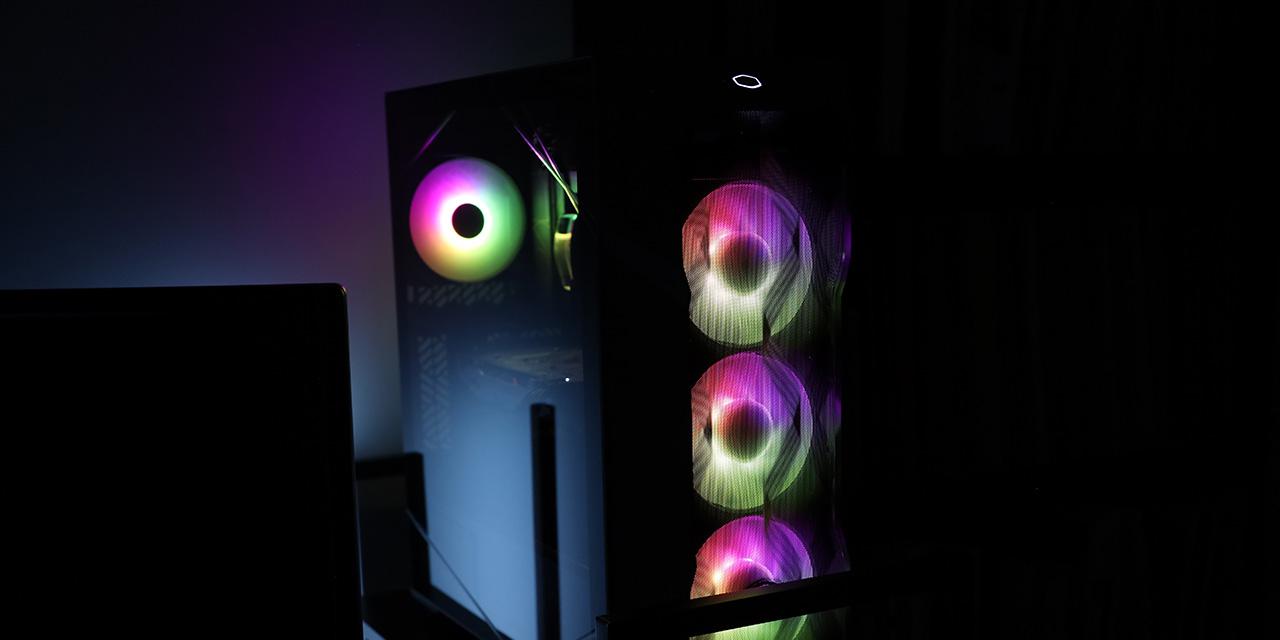|
From X-bit Labs: Intel Corp. and Micron Technology on Tuesday announced the world's first 20nm, 128Gb, multilevel-cell (MLC) device. The companies also announced mass production of their 64Gb 20nm NAND. For the first time ever, the new MLC NAND flash is made using high-K metal gate process technology as well as uses new planar cell structure. Developed through Intel and Micron's joint-development venture, IM Flash Technologies (IMFT), the new 20nm monolithic 128Gb device is the first in the industry to enable 1Tb of data storage in a fingertip-size package by using just eight die. It also provides twice the storage capacity and performance of the companies' existing 20nm 64Gb NAND device. The 128Gb device meets the high-speed ONFI 3.0 specification to achieve speeds of 333MT/s, providing customers with a more cost-effective solid-state storage solution for tablets, smartphones and high-capacity solid-state drives (SSDs). The companies also revealed that the key to their success with 20nm process technology is due to an innovative new cell structure that enables more aggressive cell scaling than conventional architectures. Their 20nm NAND uses a planar cell structure - the first in the industry - to overcome the inherent difficulties that accompany advanced process technology, enabling performance and reliability on par with the previous generation. The planar cell structure successfully breaks the scaling constraints of the standard NAND floating gate cell by integrating the first Hi-K/metal gate stack on NAND production. "It is gratifying to see the continued NAND leadership from the Intel-Micron joint development with yet more firsts as our manufacturing teams deliver these high-density, low-cost, compute-quality 20nm NAND device. Through the utilization of planar cell structure and Hi-K/Metal gate stack, IMFT continues to advance the technological capabilities of our NAND flash memory solutions to enable exciting new products, services and form factors," said Rob Crooke, Intel vice president and general manager of Intel's non-volatile memory solutions group. The demand for high-capacity NAND flash devices is driven by three interconnected market trends: data storage growth, the shift to the cloud and the proliferation of portable devices. As digital content continues to grow, users expect that data to be available across a multitude of devices, all synchronized via the cloud. To effectively stream data, servers require high-performance, high-capacity storage that NAND delivers, and storage in mobile devices has consistently grown with increased access to data. These developments create great opportunities for high-performance, small-footprint storage, both in the mobile devices that consume the content and the storage servers that deliver it. View: Article @ Source Site |
 |
Intel, Micron Introduce 128Gb NAND Flash Memory Devices
© Since 2005 APH Networks Inc. All trademarks mentioned are the property of their respective owners.





